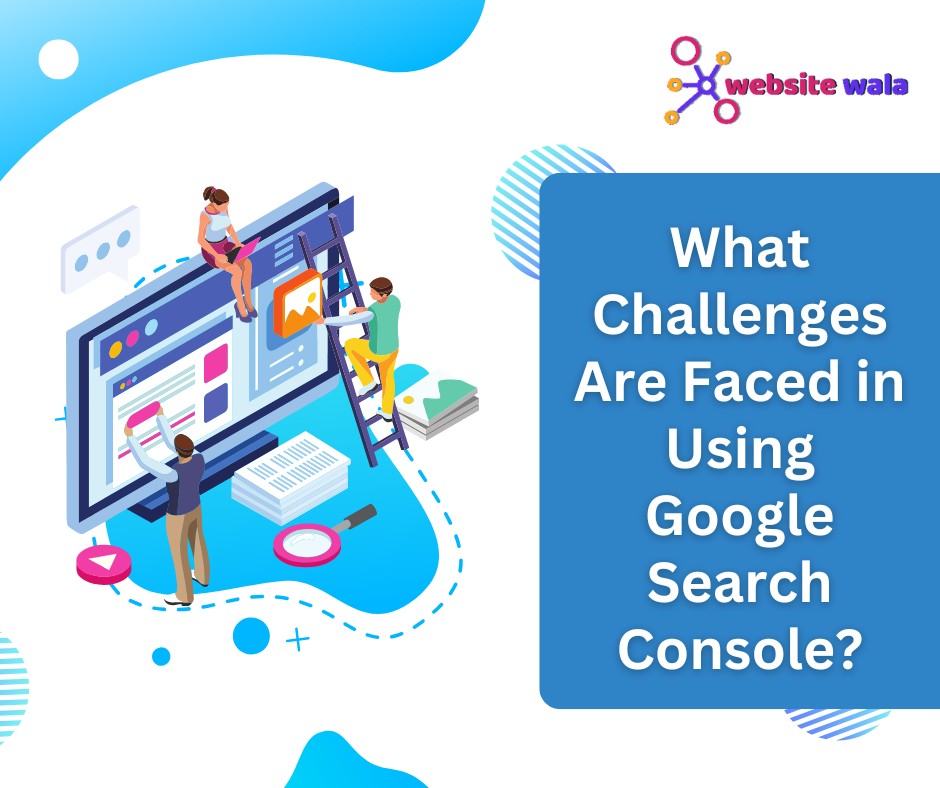
Learn how to implement security best practices in web development to protect your website from potential threats and vulnerabilities. This comprehensive guide will help you create a secure and resilient web application that keeps both your business and your users safe.
How to Implement Security Best Practices in Web Development
Implementing security best practices in web development is essential to protect your website from potential threats and vulnerabilities. With the increasing number of cyber attacks and data breaches, it is more important than ever to prioritize security in your web development process. By following best practices and implementing security measures, you can create a secure and resilient web application that keeps both your business and your users safe.
Why Web Security is Important
Web security is vital to protect sensitive data, prevent unauthorized access, and maintain the trust of your users. A security breach can have serious consequences, including financial loss, reputational damage, and legal repercussions. By implementing security best practices in web development, you can reduce the risk of a breach and ensure that your website is safe and secure.
Best Practices for Web Security
1. Secure Coding Practices
One of the most important aspects of web security is secure coding practices. When writing code for your web application, make sure to follow best practices to reduce vulnerabilities and mitigate risks. This includes validating input data, sanitizing user input, escaping output, and using secure libraries and frameworks.
2. Web Security Protocols
Implementing secure web protocols such as HTTPS is essential to protect data in transit. Use SSL/TLS certificates to encrypt communication between the web server and the user's browser. This helps prevent man-in-the-middle attacks and ensures that data is transmitted securely.
3. Website Vulnerability Management
Regularly scan your website for vulnerabilities and security weaknesses. Use tools such as vulnerability scanners to identify potential risks and address them promptly. Patching vulnerabilities and keeping software up to date is crucial to prevent attackers from exploiting known security flaws.
4. Web Application Security Testing
Conduct thorough security testing on your web application to identify and remediate security issues. Use techniques such as penetration testing, code reviews, and security scanning to assess the security posture of your website. This helps uncover vulnerabilities before they are exploited by malicious actors.
Website Protection Strategies
1. Implement Access Controls
Control access to sensitive data and functionalities by implementing access controls. Use role-based access control (RBAC) to limit user privileges and ensure that users can only access the resources they are authorized to. This helps prevent unauthorized access and data leakage.
2. Data Encryption
Encrypt sensitive data both at rest and in transit to protect it from unauthorized access. Use strong encryption algorithms and secure key management practices to safeguard confidential information. Encryption helps maintain the confidentiality and integrity of data, even if it is intercepted by attackers.
3. Secure Authentication Mechanisms
Implement secure authentication mechanisms such as multi-factor authentication (MFA) to verify the identity of users. Use strong passwords, password hashing, and session management to prevent unauthorized access to user accounts. Strong authentication helps protect user accounts from being compromised.
4. Monitor and Logging
Monitor your website for suspicious activities and potential security incidents. Implement logging and monitoring tools to track user actions, system events, and security alerts. Monitoring helps detect abnormal behavior and respond to security threats in a timely manner.
Secure Website Development
Creating a secure website involves a combination of secure coding practices, security protocols, and website protection strategies. By following best practices and implementing security measures throughout the development process, you can build a website that is resilient to cyber threats and protects sensitive data.
Website Security Best Practices
Here are some best practices to enhance the security of your website:
1. Regularly update software and plugins
Keep your website software, CMS, and plugins up to date to patch security vulnerabilities and protect against known exploits.
2. Use secure passwords
Enforce strong password policies and educate users on creating secure passwords to prevent unauthorized access to accounts.
3. Backup data regularly
Backup your website data regularly to prevent data loss in case of a security incident or system failure.
4. Limit file uploads
Restrict file uploads to prevent malicious files from being injected into your website and compromising its security.
5. Implement firewalls and intrusion detection systems
Use firewalls and intrusion detection systems to monitor and filter incoming traffic to your website, protecting it from cyber attacks.
Web Security Guidelines
Follow these guidelines to improve the security of your web application:
1. Secure APIs
Secure API endpoints with authentication and authorization mechanisms to verify the identity of clients and protect sensitive data.
2. Input Validation
Validate input data to prevent injection attacks such as SQL injection and cross-site scripting (XSS) attacks.
3. Error Handling
Implement proper error handling to prevent sensitive information leakage and provide informative error messages to users.
4. Security Headers
Use security headers such as Content Security Policy (CSP) and X-Frame-Options to protect against common web vulnerabilities.
Web Security Recommendations
Here are some recommendations to enhance the security of your web application:
1. Educate Your Team
Train your development team on security best practices and keep them informed about the latest security threats and vulnerabilities.
2. Conduct Security Audits
Regularly conduct security audits to assess the security posture of your web application and address any identified issues.
3. Implement Web Application Firewall (WAF)
Deploy a WAF to protect your web application from common security threats, such as SQL injection, cross-site scripting, and DDoS attacks.
4. Stay Informed
Stay informed about emerging security trends and best practices in web development to proactively mitigate risks and enhance the security of your website.
By following security best practices and implementing robust security measures in your web development process, you can create a secure and resilient web application that protects your business and users from potential threats and vulnerabilities. Prioritize web security to safeguard sensitive data, prevent unauthorized access, and maintain the trust of your users.




















